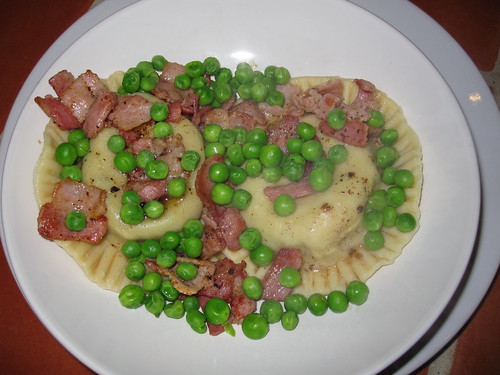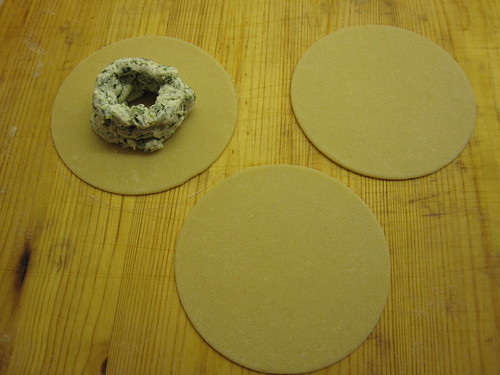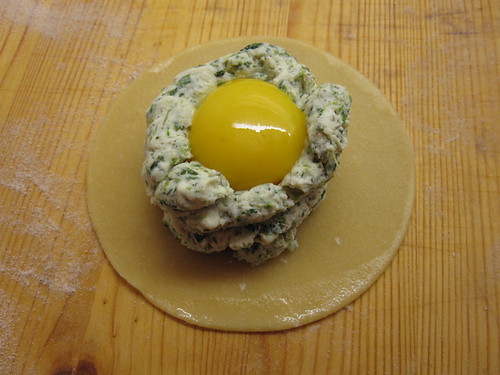And it is once again time to feed Luke the Sourdough Starter, so might as well...
I still haven't got the hang of the proportions for the bread - I always seem to end up with way too much sourdough to begin with and there is just not enough space in the freezer to follow the 1-2-3 recipe. At the last feed, I purposefully reduced the amount of water, so that the starter I saved was a bit stiffer than normal. It seems the benefit of this is that it didn't look as starved as last week, so this may be the way forward.
For the feeding, I had 200 g stiff starter, to which I added 200 g water and 300 g super strong white flour. After stirring it through, I took out 200 g to save for next time and the remainder (595 g) I placed in the biggest jar I have. I put a strip of sticky tape on the side and marked up the level. It was also a little runnier, so I hoped things would happen as fast as at the beginning, but after 3 h there was less than 1 cm rise in the jar.
Not what I'd expected, however worked very well with my overall schedule. 8 h later it had doubled in volume and had started going down again, so I transferred the starter to the bowl of the Kitchen Assistent. I wasn't very good at scraping it out of the jar, as it now weighed 585 g and was like thick batter. So this time the experiment was to tip in half the weight in flour, 292 g.
The machine was not able to cope with this and I ended up kneading it manually. It was also extremely stiff, I ended up adding about 1.5 dl water just to reach some sort of elasticity and gluten development.
I also added 15 g salt towards the end of the kneading. I think I worked on the dough for about 30 minutes at least. Lundulph came into the kitchen at one point to make himself some tea and mumbled about me being violent. I was banging the dough onto the work surface.
In the end it became sufficiently pliable and the gluten developed nicely. So I rolled it into a ball, placed it in a bowl and put the bowl on the window sill to give it extra warmth from the radiator.
2 h later the dough was wrestling with the cling film to get out, so I took it back to the kitchen and divided it into 8 pieces. The whole dough weighed now 940 g, so each piece was about 117 g.
Just as before, I rolled out each piece, trying to keep the flour dusting to a minimum. I brushed each piece with melted butter, I paired the rolled out sheets and rolled them into Swiss rolls and cut them appropriately.
I brushed some butter onto one of my baking sheets and I opened up the cake ring to 25 cm diameter, brushed with butter on the inside and placed on the baking sheet. Then the end pieces of each roll were placed in the middle. So far, so good.
However, when I cut the remaining rolled up dough pieces, I ended up with 6 - 7 triangles from each. Way too many, what to do? Well, create an additional circle between the outer ring of triangle pieces and the middle ring of twirly end pieces.
At this point it was past 10 o'clock in the evening, so perfect timing for an overnight proofing. And about eleven hours later the dough flower had tripled in size! So I quickly turned on the oven to pre-heat at 200 degrees C, brushed the bread with egg wash and put it to bake.
I baked the bread for 25 minutes, then I placed a sheet of aluminium foil over it and baked for a further 50 minutes. Then I took it out and let it cool on a wire rack. The result was a super-lovely bread with a wonderfully crunchy crust. So it all worked out very nicely in the end and it had browned even underneath.




